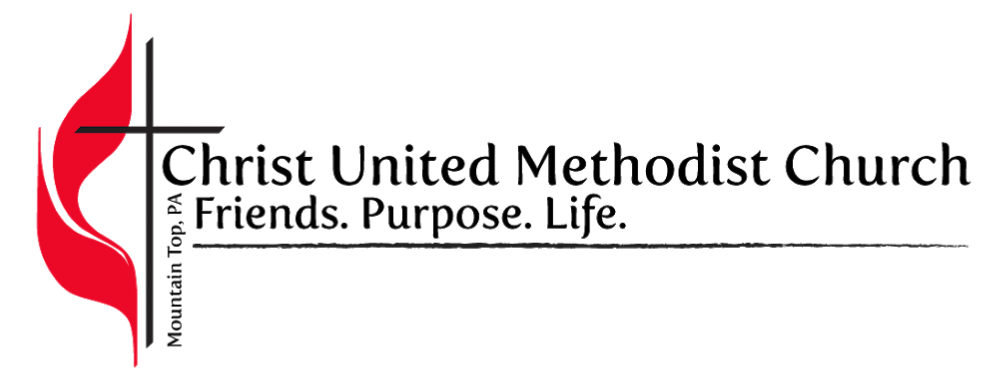Call
to Worship, Psalm 29
to Worship, Psalm 29
Children, Numbers 22
Message,
John 1.1-14
John 1.1-14
Last
week, Scripture as “word of God”
week, Scripture as “word of God”
Qualitative difference re Jesus as the
Word
Word
Can be misused
Meditate & obey
“growl, moan … with pleasure”
Steve:
“brilliant”
“brilliant”
John
1.14
1.14
“the Word became flesh and lived among us”
Perfect marriage of Message and Messenger
Complete union of God and Human, without
diminishing either
diminishing either
“Incarnate”, in flesh
1
Timothy 3:16 the mystery of our religion
is great: He was revealed in flesh, vindicated in spirit, seen by angels,
proclaimed among Gentiles, believed in throughout the world, taken up in glory.
Timothy 3:16 the mystery of our religion
is great: He was revealed in flesh, vindicated in spirit, seen by angels,
proclaimed among Gentiles, believed in throughout the world, taken up in glory.
Metaphor
for nature of Scripture as “word of God”
for nature of Scripture as “word of God”
God’s book, and a human book
“Men and women moved by the Holy Spirit spoke
from God”
from God”
2 Peter 1.21
Inspiration
– how the book came to us from God, through people
– how the book came to us from God, through people
“The
word of Christ”
word of Christ”
Romans 10:17 So faith comes from
what is heard, and what is heard comes through the word of Christ.
what is heard, and what is heard comes through the word of Christ.
Colossians 3:16 Let the word of
Christ dwell in you richly
Christ dwell in you richly
Human fingerprints
Writing style, 3 different
languages, grammatical errors
languages, grammatical errors
Science that reflects the
limitations of the time
limitations of the time
Same event reported differently (1
or 2 blind men healed)
or 2 blind men healed)
Defending
the text from its human fingerprints
the text from its human fingerprints
“in
the original autographs”
the original autographs”
Which don’t exist
Text reconstruction:
OT at well over 99% accuracy
NT at well over 99.9%
“in
faith and practice”
faith and practice”
But are significant areas of disagreement
among disciples
among disciples
Spending
energy defending the book instead of celebrating
energy defending the book instead of celebrating
Gideon story, “Jerub-baal”, “Let Baal
contend with him” (Judges 6)
contend with him” (Judges 6)
The
miracle
miracle
God uses imperfect people to do something
like this
like this
(how about that donkey!)
God’s desire to communicate with you and
me (Oxyrhynchus, koine)
me (Oxyrhynchus, koine)
God’s invitation (inherent in the
inspiration of the text) for us to interpret, study, learn
inspiration of the text) for us to interpret, study, learn
Only
possible because it is both God’s book and a human book
possible because it is both God’s book and a human book
Not dictation (though some of the stories
include dictation)
include dictation)
Dictation leads to dictatorship
Dynamic
text:
text:
“Translatable genius” (Sanneh)
Interpretation – how we read and
understand God’s book
understand God’s book
“Quadrilateral”
Scripture, tradition, experience,
reason/imagination
reason/imagination
Implications:
Jesus the
interpretive key, begin with the gospels
interpretive key, begin with the gospels
Incarnate
the Scripture in our own lives
the Scripture in our own lives
Obedience,
formation, narrative
formation, narrative
Incarnate
the Scripture in and through “body of Christ” (community)
the Scripture in and through “body of Christ” (community)
“and lived among us”
Bri:
“I can have a new life”
“I can have a new life”
Invitation:
Get into the book
Handout with guidance
Get into a group
Lectio
Other options
Resources:
Eugene
Peterson, Eat This Book.
Peterson, Eat This Book.
Lamin
Sanneh, Whose Religion Is Christianity?
Sanneh, Whose Religion Is Christianity?

